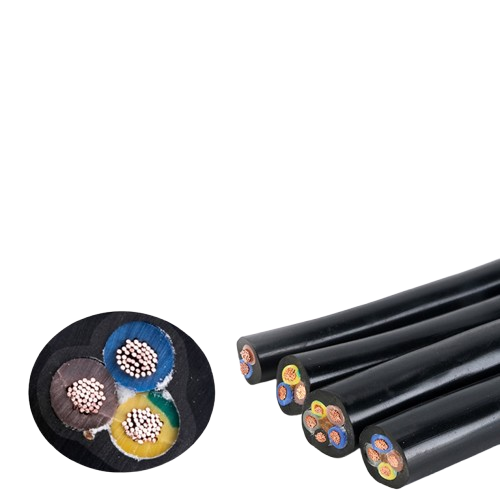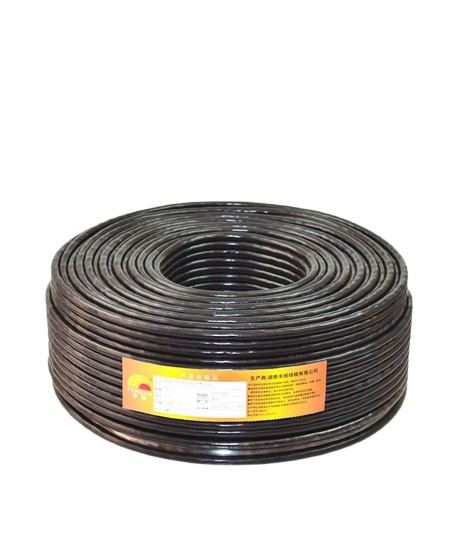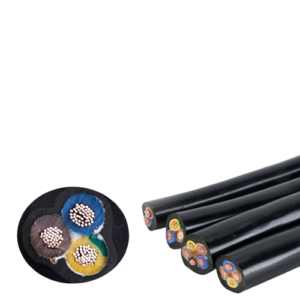
Flexible Cable RVV Cable Specifications
Overview
The Flexible Cable RVV cable, also known as copper core PVC insulated PVC sheathed flexible cable, is widely used in electrical equipment, electronic instruments, and automation devices. It serves as power lines, control lines, and signal transmission lines, particularly in weak current systems such as anti-theft alarm systems, building intercom systems, and security monitoring.
Technical Parameters
-
Rated Voltage: 300/500V
-
Conductor: Multi-strand stranded copper conductor, compliant with GB/T 3956 Class 5 standard (equivalent to IEC 60228.5), ensuring excellent conductivity and flexibility.
-
Insulation Material: Polyvinyl chloride (PVC) mixture, providing reliable insulation protection.
-
Sheath Material: Flexible PVC mixture, typically gray (RAL 7001), protecting the internal conductor and insulation layer, and enhancing mechanical strength.
-
Core Identification: For cables with ≤5 cores, colored core wires are used; for cables with more cores, black core wires with white numbering are standard, including yellow-green ground wires.
-
Number of Cores: 2 to 5 cores, 7 to 36 cores (some products require CCC certification).
-
Cross-Sectional Area: Common specifications include 0.5mm², 0.75mm², 1.0mm², 1.5mm², 2.0mm², 2.5mm², 4.0mm², and 6.0mm².
-
Test Voltage: 2000V, lasting for 5 minutes without breakdown.
-
Insulation Resistance: >200MΩ×km, ensuring good insulation performance.
-
Working Temperature: -30℃ to +70℃, suitable for most conventional environments.
-
Bending Radius: 15 times the cable outer diameter, reflecting its bending performance.
-
Flame Retardant Properties: Compliant with IEC 60332.1 standard, effectively preventing the spread of fire upon ignition.
-
Reference Standards: Manufactured in accordance with GB 5023 and IEC 60227 standards.
Structural Features
The RVV cable consists of multiple mutually insulated copper conductors, each wrapped with an insulating layer, and then encased in a PVC sheath. There are no special requirements for the arrangement of each core wire, resulting in a compact structure that is easy to install and wire.
Packaging Specifications
Common packaging lengths include 100m, 200m, 500m, and 1000m, accommodating the needs of different projects.
Applications
RVV cables are ideal for use in electrical equipment, electronic instruments, and automation devices, serving as power lines, control lines, and signal transmission lines. They are especially common in weak current systems such as anti-theft alarm systems, building intercom systems, and security monitoring.
Conclusion
The RVV cable offers a reliable and flexible solution for various electrical and electronic applications, ensuring efficient power and signal transmission across a wide range of environments.










Reviews
There are no reviews yet.